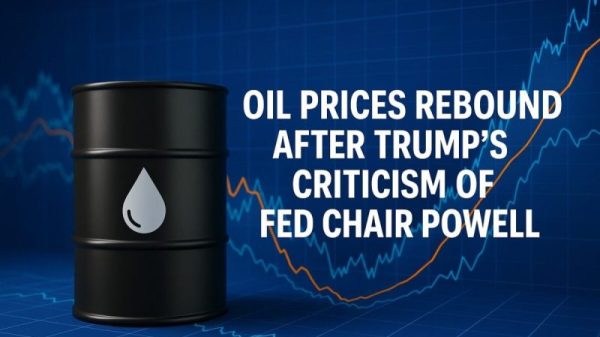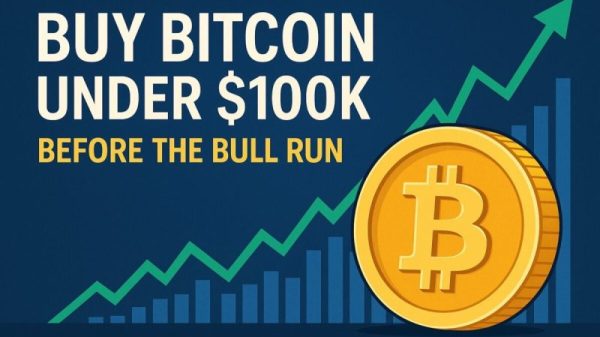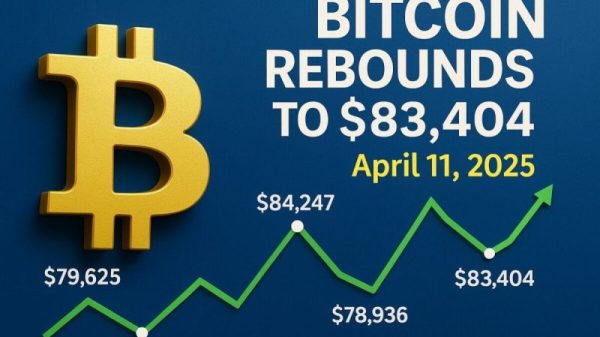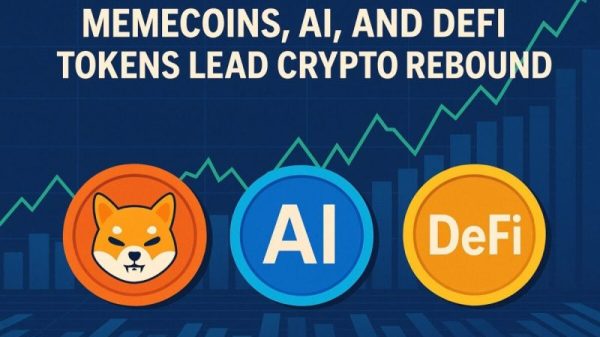The economy desk at the Wall Street Journal is promoting supply-side disinflation. Some of their articles are quite bad. Others are more promising. Nick Timiraos, the Journal’s chief economics correspondent, recently offered a nuanced perspective. Timiraos outlines the standard productivity-driven view of easing price pressures:
The U.S. economy’s speed limit, known as potential growth, appears to have temporarily moved up thanks to easing bottlenecks and a boost in the number of people available to work and, possibly, in productivity, or the output that each worker produces.
Economic theory backs up Timiraos’s argument. The dynamic version of the equation of exchange tells us the growth rate of effective money expenditures (gM+gV) must equal the growth rate of current-dollar income (gP+gY). Increased productivity boosts real income growth gY). For given growth rates of the money supply (gM) and money turnover (gV), the equation only balances if inflation (gP) falls. Hence supply-side disinflation, or even deflation, is a real thing.
Yet we must be cautious. Timiraos explicitly mentions “easing bottlenecks,” which suggests prices should be falling, not merely rising more slowly. We know that starting in 2020 prices for deep sea freight and energy shot up. Those prices have since fallen. Yet the economy as a whole has not seen outright deflation. All we’re getting is disinflation. While a generalized supply-side story that focuses on real income growth has merit, the bottleneck hypothesis is clearly falsified.
Things look a bit better when we shift focus to productivity. Manufacturing productivity dipped in 2022, then rose in 2023. The most recent figures are slightly negative, likely reflecting the auto workers’ strike. Nonfarm business productivity has risen in four out of the past five quarters. Greater output per hour, which is how we measure productivity, can come from many different sources. We don’t need to rely on the bottlenecks hypothesis.
We should, however, also pay attention to magnitudes. The uptick in productivity is real but quite small–usually fractions of a percent. This by itself can’t explain ongoing disinflation. Demand-side policy by the Fed is still in the driver’s seat.
Zooming out even further, one can interpret the data in a manner consistent with Timiraos’s story. The Personal Consumption Expenditures Price Index (PCEPI) started growing rapidly (gP) during the winter of 2020. After briefly falling, there was an uptick in 2022. In 2023, it looks like disinflationary forces are again prevailing. Real GDP growth (gY) was unusually low in 2022, even turning negative for the first two quarters. We’ve had moderate to healthy growth in 2023. This tracks with the supply-side narrative discussed above. When the economy’s real productive capacity sputtered, prices grew more quickly. Faster growth, in turn, brings slower price hikes.
But again, pay attention to magnitudes. We’ve seen significant disinflation since summer 2022. But since that time, real income growth has fluctuated within a comparatively small band. Supply-side improvements are a plausible contributing factor to disinflation. But by simple arithmetic, they can’t fully explain what’s occurring.
Timiraos is correct in criticizing the prevailing narrative among economists and policymakers that strong growth is inflationary. This erroneous view is another unfortunate consequence of demand-side fundamentalism. Even in the short run, the economy is not completely demand-determined. There is ample room for supply-side improvements to cause disinflation or even benign deflation when productivity rises. In fact, it’s beneficial when policymakers allow the price level to grow more slowly or fall when real income grows more quickly. The increase (relative to the counterfactual) in money’s purchasing power is an important signal that goods and services are easier to produce. We need that signal for the market pricing process to work as effectively as possible.
At the same time, we need to acknowledge the Fed’s demand-side policies as a crucial part of the story. Monetary policy is tight and has been for many months. There’s been a sizable decline in current-dollar GDP growth, which by definition means demand conditions have softened. Slowing down total spending growth (current-dollar GDP) by hiking interest rates and shrinking the balance sheet clearly mattered. Supply-side improvements do too, but they’re likely playing the role of the sidekick rather than the hero. Mr. Timiraos, quoting another economist, seems to realize this when he writes that Fed tightening “played an important role in restraining demand while the supply-side of the economy healed itself.” Just so.




































